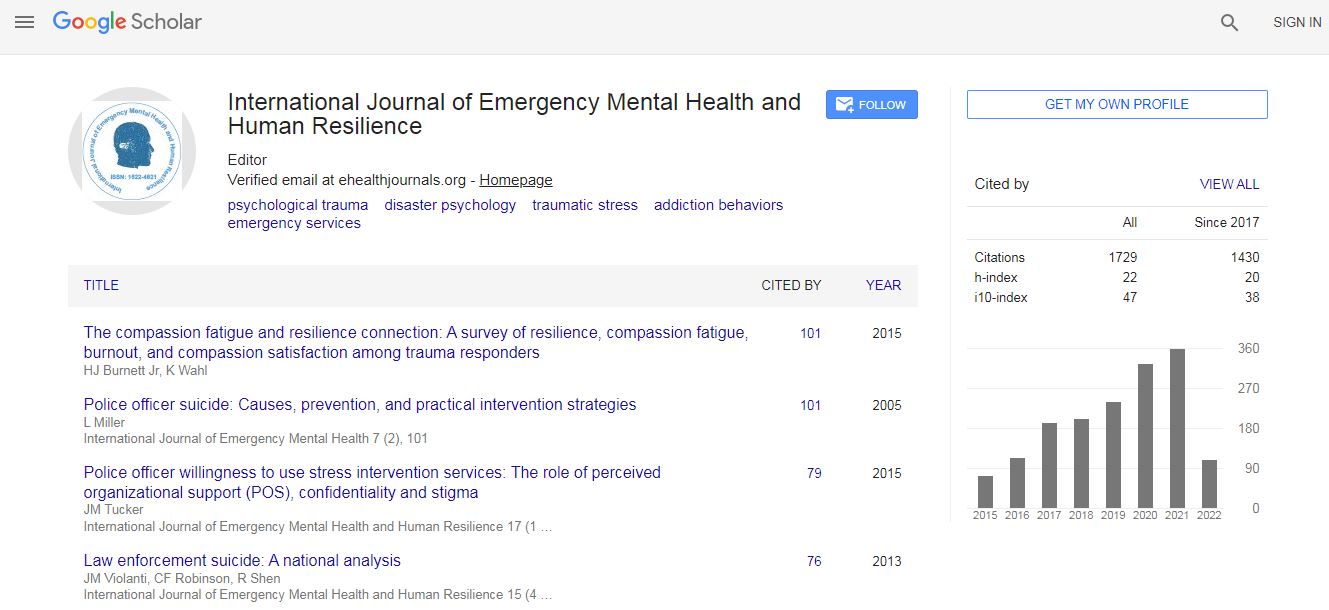Short Communication
Ehlers-Danlos Syndrome (EDS), an Hereditary, Frequent and Disabling Disease, Victim of Iatrogenia due to Widespread Ignorance
1Ehlers-Danlos clinics, Hotel-Dieu de Paris, 1 place du Parvis Notre-Dame, 75181 Paris, Cedex 04, France
2University Paris-East-Créteil (UPEC), 8 rue du Général Sarrail, 94000, Créteil, France
Abstract
Our experience of the EDS disease is based on a cohort of 2300 cases. First descriptions of Dermatologists (Tschernogobow, Ehlers, Danlos, Miget) have strongly oriented the diagnosis on two signs: joint hypermobility and skin stretchability. Therefore hiding other clinical expressions with a much more severe impact on the life of the patients: proprioceptive disorders, dysautonomia, disorders of the sensorial functions, hemorrhages, cognitive alterations, psychopathological manifestations. Despite its high level of prevalence, the EDS is still largely unnoticed by physicians. The delay for diagnosing an EDS case is in 21 years. The most frequent forms don't have a genetic identification. The absence of diagnosis is at the root of a chaotic medical process with a medical drifting from specialist to specialist. Among social consequences we find dropping out of school and exclusion from work and social life. In lack of diagnosis, these patients are also excluded from new forms of emerging treatments (orthesis, oxygen therapy, local proprioceptive pains treatments, adapted physical therapy...) and often victims of iatrogenia.

 Spanish
Spanish  Chinese
Chinese  Russian
Russian  German
German  French
French  Japanese
Japanese  Portuguese
Portuguese  Hindi
Hindi 